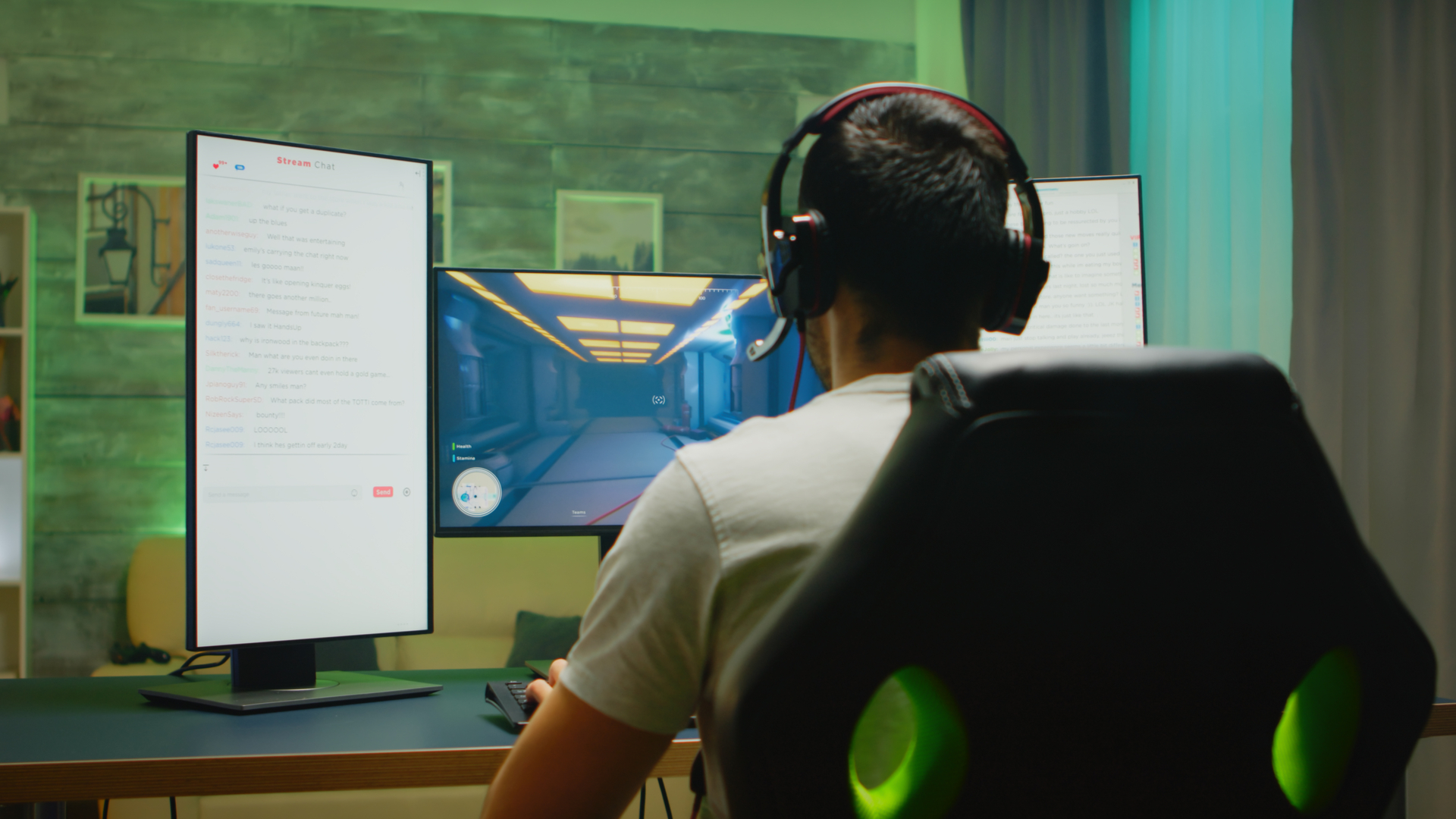Love your multi-monitor setup? Windows 11 could soon make it even better
Microsoft preps a nifty change for those with multiple monitors

Windows 11 has a new preview build carrying a very useful change for those who run multiple monitors, in a move that’ll help save system resources to some extent.
The change is in testing right now – and the very earliest test channel, namely Canary – having been brought in with build 25915 late last week.
What Microsoft has done is improved the way Windows 11 handles refresh rates so that when a PC has two (or more) monitors, different refresh rates can be used on multiple screens.
Previously, Windows 11 would apply the refresh rate which is a system-wide setting to both monitors, so now in this preview version, they can each have different refresh rates. We’ll come back to discuss refresh rates in more depth, and why this is important, in a moment.
Elsewhere in build 25915, Microsoft has tweaked Dynamic Refresh Rate (DRR), a feature that intelligently adjusts your monitor’s refresh rate depending on what you’re doing. (If you’re reading emails or doing other basic tasks, DRR will employ a lower refresh rate – but when you need a smoother experience, such as when scrolling through a large document with embedded images, a higher refresh rate will be utilized).
The change to DRR now means that if you’re in battery saver mode on your laptop, Windows 11 will stick with the lower refresh rate no matter what, in order to conserve power. In short, battery saver overrules DRR completely, which is for the best when your notebook is on the verge of conking out.
Analysis: A very refreshing change
Refresh rate means the rate that the screen refreshes itself every second (measured in Hertz), or in other words, how many frames are displayed per second. Every monitor is essentially displaying a slideshow, and you’re seeing a number of images (slides, or frames) every second. (But always, in theory, so quickly that you’ll never see the ‘joins’ as it were – it should all happen fluidly, especially with a top-end PC and one of the best monitors out there).
Get daily insight, inspiration and deals in your inbox
Sign up for breaking news, reviews, opinion, top tech deals, and more.
The faster the refresh rate, the more fluid and smooth the image seems to your eyes (with caveats, such as with games for example, your GPU and other components need to have the horsepower to be able to produce the requisite frames, and with demanding titles and resolutions, that can be a steep hill to climb).
So, what this change does is allow a task like gaming on a primary high refresh rate monitor to hit, say, 240Hz, whereas if you have a second monitor where you’re just surfing the web, watching a video maybe, you can have that running at 60Hz. Because you won’t need any more than 60Hz on that second display, you can save your PC the trouble of having to push both monitors to a higher refresh rate.
That means fewer system resources are used, and they can be employed elsewhere, plus you might save a teeny-tiny bit of power to boot (it all adds up).
This means nothing to those who don’t have more than one monitor, of course, but the DRR change will still be useful for those with a laptop who want to conserve power when the battery gets to a low level.
Via Windows Central
Darren is a freelancer writing news and features for TechRadar (and occasionally T3) across a broad range of computing topics including CPUs, GPUs, various other hardware, VPNs, antivirus and more. He has written about tech for the best part of three decades, and writes books in his spare time (his debut novel - 'I Know What You Did Last Supper' - was published by Hachette UK in 2013).